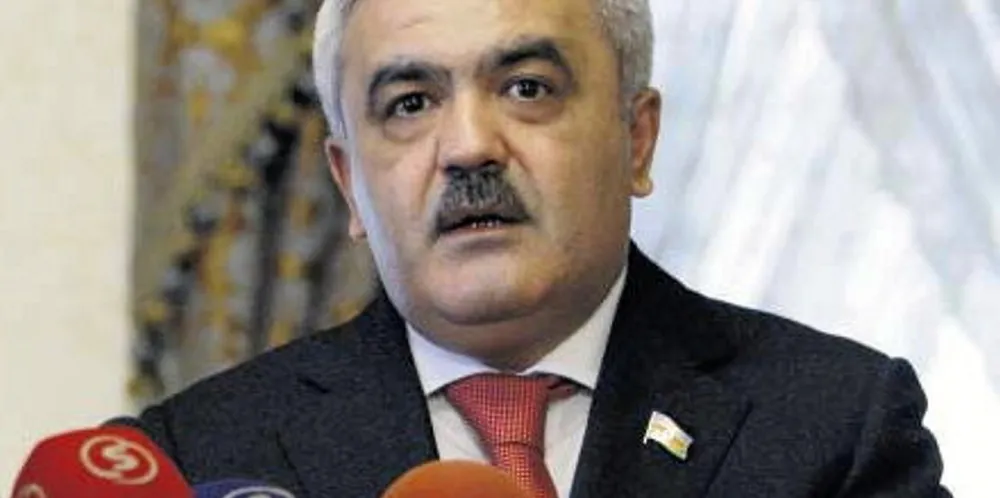First Caspian offshore wind could be floating as Socar plans oil-decarbonisation scheme
State oil & gas company signs up Technip Energies to explore use of moored wind power units to cut emissions from hydrocarbon production in the Caspian Sea

Azerbaijan is jockeying its offshore wind sector forward, with state oil company Socar setting the seal on a deal with contractor Technip Energies to experiment with using a floating wind turbine to decarbonise offshore oil & gas operations in the Caspian Sea.
“The cooperation agreement includes evaluation of a joint pilot project for offshore energy production on a floating wind turbine. The pilot project envisages energy supply for upstream operations in the Caspian Sea,” said the pair in a statement on what would be the first offshore wind project off Azerbaijan.
Socar president Rovnag Abdullayev said: “The energy efficiency is in focus of many energy companies and is an important part of Socar’s strategic plans. In line with the development trends of technology, we are already entering this area.
“Our goal is to reduce operating costs, increase energy efficiency and ensure the sustainability of operations at Socar. Upstream offshore oil & gas operations in the Caspian Sea currently use electricity generated from natural gas.”
Marco Villa, chief operating officer of Technip Energies, said: “We are proud to cooperate with Socar, which is committed to a sustainable development toward new energies. This collaboration is fully in line with our ambition to accelerating the transition toward a low carbon society”.
The IFC, part of the World Bank, estimates capturing some large slice of a technical offshore wind energy potential in Azerbaijan at 157GW has the potential to “unleash this and transition from oil & gas to renewable energy”, to cut the country’s greenhouse gas emissions and “vulnerability” to volatile crude markets.